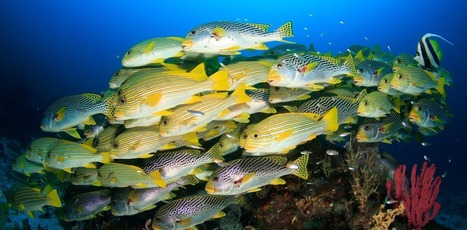The establishment of marine protected areas (MPAs) is a critical step in ensuring the continued persistence of marine biodiversity. Although the area protected in MPAs is growing, the movement of individuals (or larvae) among MPAs, termed connectivity, has only recently been included as an objective of many MPAs. As such, assessing connectivity is often neglected or oversimplified in the planning process. For promoting population persistence, it is important to ensure that protected areas in a system are functionally connected through dispersal or adult movement. We devised a multi‐species model of larval dispersal for the Australian marine environment to evaluate how much local scale connectivity is protected in MPAs and determine whether the extensive system of MPAs truly functions as a network. We focused on non‐migratory species with simplified larval behaviors (i.e., passive larval dispersal) (e.g., no explicit vertical migration) as an illustration. Of all the MPAs analyzed (approximately 2.7 million km2), outside the Great Barrier Reef and Ningaloo Reef, <50% of MPAs (46‐80% of total MPA area depending on the species considered) were functionally connected. Our results suggest that Australia's MPA system cannot be referred to as a single network, but rather a collection of numerous smaller networks delineated by natural breaks in the connectivity of reef habitat. Depending on the dispersal capacity of the taxa of interest, there may be between 25 and 47 individual ecological networks distributed across the Australian marine environment. The need to first assess the underlying natural connectivity of a study system prior to implementing new MPAs represents a key research priority for strategically enlarging MPA networks. Our findings highlight the benefits of integrating multi‐species connectivity into conservation planning to identify opportunities to better incorporate connectivity into the design of MPA systems and thus to increase their capacity to support long‐term, sustainable biodiversity outcomes.

|
Scooped by Agrodoc Ouest |
No comment yet.
Sign up to comment



 Your new post is loading...
Your new post is loading...








